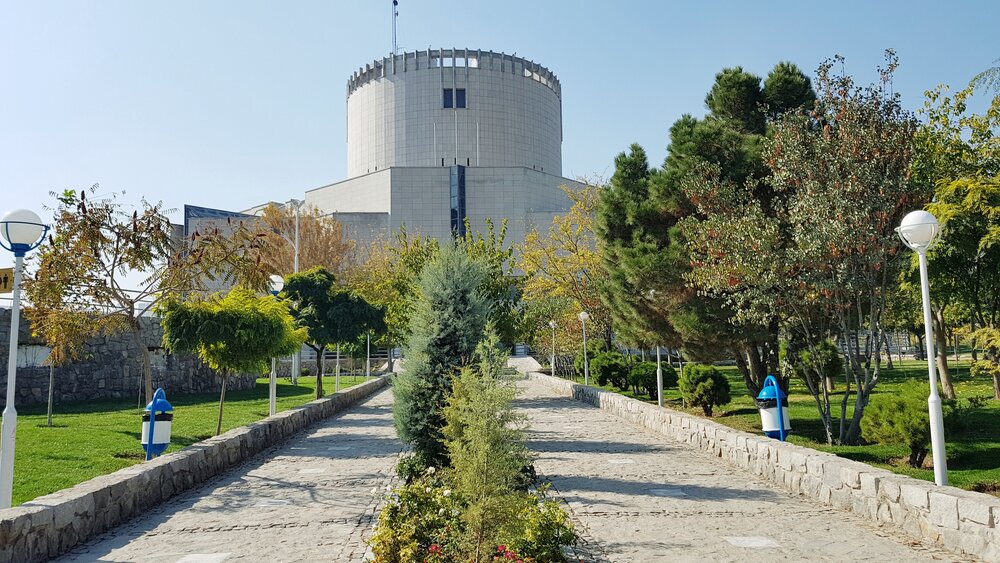Budget allocated to Khorasan Great Museum

TEHRAN—The tourism ministry has allocated a government budget for the development of the Great Museum of Khorasan, which is located in Mashhad, northeast Iran, the deputy tourism minister has said.
20 billion rials ($67,000) has been allocated to reorganizing the museum’s relics, Ali Darabi said on Tuesday.
Developing and enhancing the dynamics of regional museums, including the Great Museum of Khorasan, is a goal of the tourism ministry, the official added.
Iran is home to one of the world’s oldest continuous major civilizations, embracing settlements dating back to 4000 BC. It also hosts some of the world’s oldest cultural monuments, including bazaars, museums, mosques, bridges, bathhouses, madrasas, gardens, rich natural, rural landscapes as well as 26 UNESCO World Heritage sites.
The name of Iran, formerly known as Persia, mostly conjures up the first Persian Empire, ruled by the Achaemenids (ca. 550–330 BC) and sites such as Pasargadae and Persepolis. However, there are tens of prehistorical sites as the Burnt City in Sistan-Baluchestan, Tepe Sialk in Kashan, Susa and Chogha Zanbil in the Khuzestan province, and Ecbatana in Hamedan which predate the Achaemenid period.
From a wider point of view, Iranian history can be divided into Pre-Islamic and Islamic eras. The Medes unified Iran as a nation and empire in 625 BC. The Islamic conquest of Persia (633–656) that put an end to the mighty Sassanid Empire (224–651) was a turning point in the history of the nation.
ABU/AM
